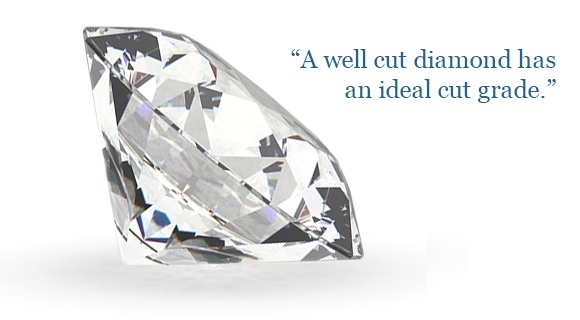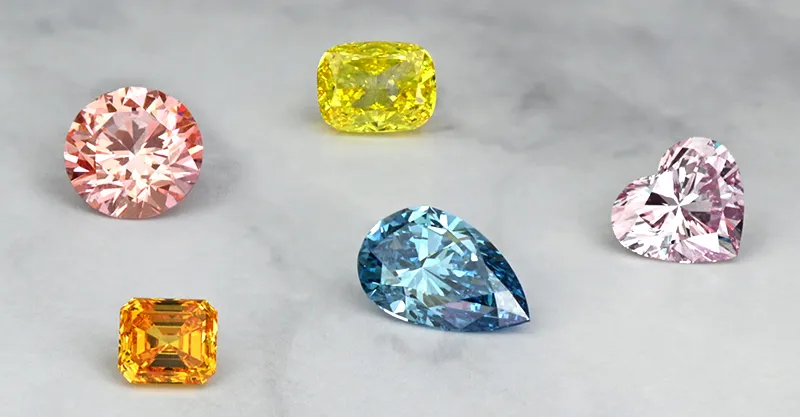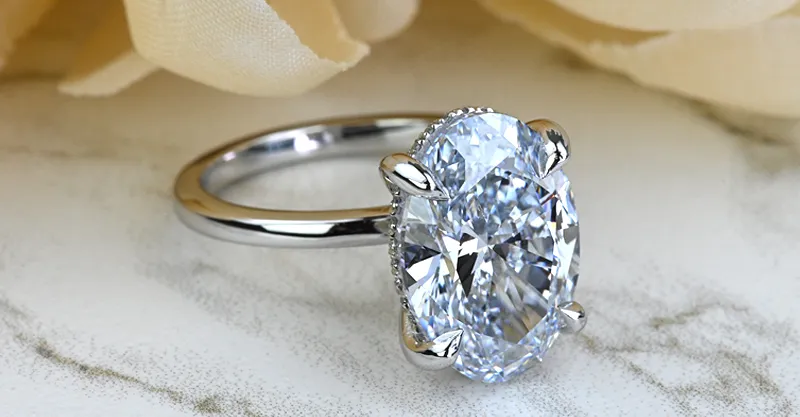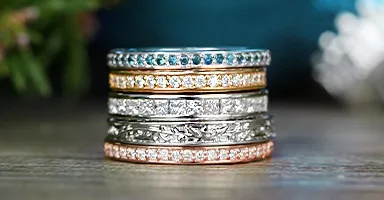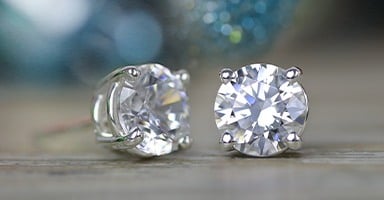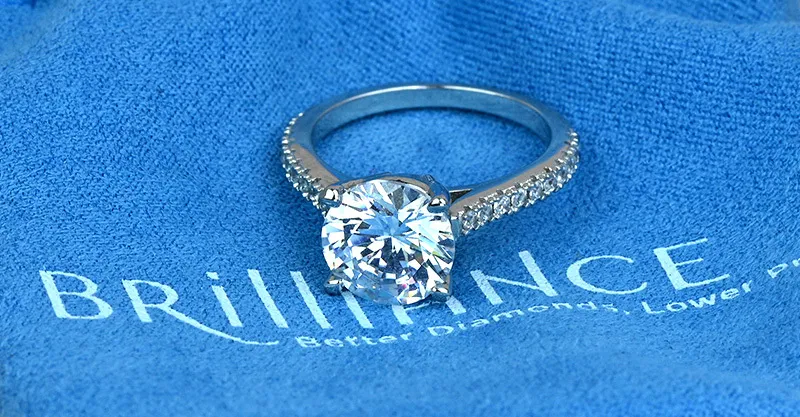5 Factors Of A Diamond Cut Quality Comparison

What makes a diamond look so spectacular? Is it the intense sparkle generated by how it refracts light? No one can know for sure what accounts for the magnificent allure of the world’s hardest stone. But gemologists say the primary feature determining a diamond’s appearance and value is the jewel’s cut.
A diamond’s cut refers to the style in which the stone is shaped. Cut does not mean the jewel’s shape itself but rather the proportions and facets of its design. It's a diamond’s cut that determines its overall look as well as its ability to reflect light. This makes it one of the most important aspects affecting its value.
Diamond cut is defined by five main factors: table, depth, symmetry, polish, and cut grade. These factors are evaluated using the attributes of brilliance, fire, and scintillation. Let’s take a look at each of these factors for a detailed diamond cut quality comparison:
The Table
A diamond's table is the flat surface on the top of the stone. It is always a diamond’s largest side (or ‘facet’). In a gemologist’s grading report, the table percentage is the ratio of the width of the diamond's table in relation to the width of the entire stone. The right ratio yields exceptional fire and brilliance which makes for a gorgeous and highly valuable diamond. The table percentage is calculated by dividing the width of the table by the diameter of the outer edge (or ‘girdle’) of the diamond. For example, a 60 percent table means that the table is 60 percent as wide as the diameter of the whole diamond. The table percentage plays a major role in a diamond’s brilliance and overall beauty when in ideal proportion with the diamond’s depth.
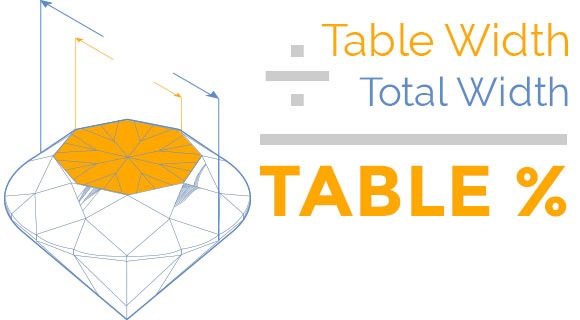
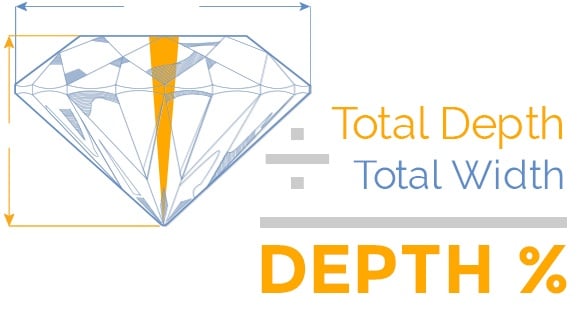
Diamond Depth
A diamond's depth is a measurement of the entire stone's height from the table to the very bottom of the stone (known as the ‘culet’). Depth is usually described in millimeters. The depth percentage is calculated by dividing the depth by the width of the diamond. To get a better sense of what this means, consider a diamond with a depth of four millimeters and a width of six millimeters. This diamond has a depth percentage of sixty-six and two thirds. Diamonds of a given carat weight with a lower depth percentage will generally appear larger than diamonds of the same carat weight with a higher depth percentage. This is an optical illusion, but it has a real effect on the diamond’s appearance so you should take it seriously. Depth proportions in relation to table size can also affect a diamond’s sparkle. However, the ideal depth percentage of a diamond can change considerably depending on its shape. A depth percentage that’s wrong for one shape may be perfect for another. For instance, a depth percentage that is right for a princess diamond may be too extreme and even ruinous for a round diamond.

Symmetry of a Diamond
Symmetry refers to the precision with which the shape and girdle were cut, as well as the placement and alignment of individual facets such as the table and culet. A symmetrical diamond will have well-aligned and optimally balanced facets. If the facets are not symmetrical, they'll display less sparkle and brilliance.
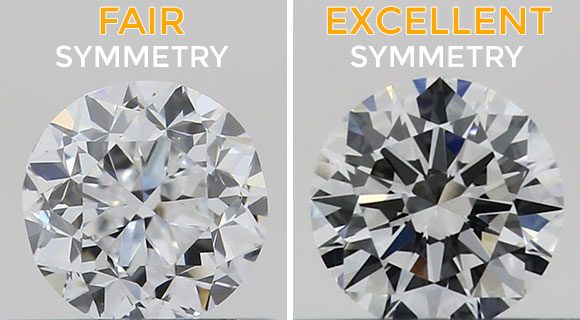
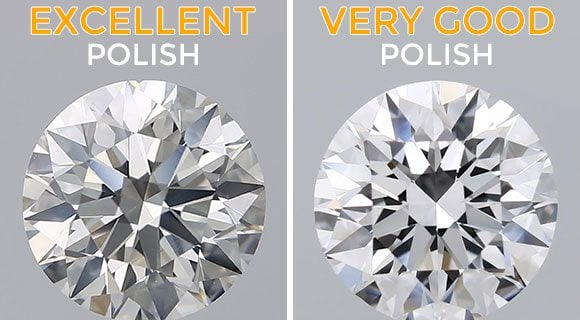
Polished Perfection
Polish is the specific condition of the jewel’s surface. A well-polished diamond will exhibit excellent regularity and smoothness. To maximize brilliance, every facet of the diamond should be carefully polished after it is cut.

The Master Factor: Cut Grade
Cut grade is the master factor that combines the effects of all the other factors. Cut grade takes into account each facet and its proportions (including table and depth percentage), as well as polish and symmetry. By evaluating all these measurements and ratios, a gemologist determines a single rating to designate the diamond’s cut grade. In addition to reflecting the brilliance and sparkle of the jewel’s overall appearance, diamond cut grade will determine if the stone is shallow, deep, or ideal. If the diamond cut is too shallow, light will strike certain facets at too low of angle and reflect from the bottom of the diamond, significantly reducing sparkle from the eye’s perspective. On the other hand, if the diamond cut is too deep, it will appear smaller than it really is and reflect light poorly. A well cut diamond has an ideal cut grade. As the light strikes the gem’s facets, nearly all light will refract back toward the observer's eye and is perceived as breathtaking brilliance and lively fire. If you’re shopping for diamonds, be on the lookout for diamonds with ideal or super ideal cut grades.
